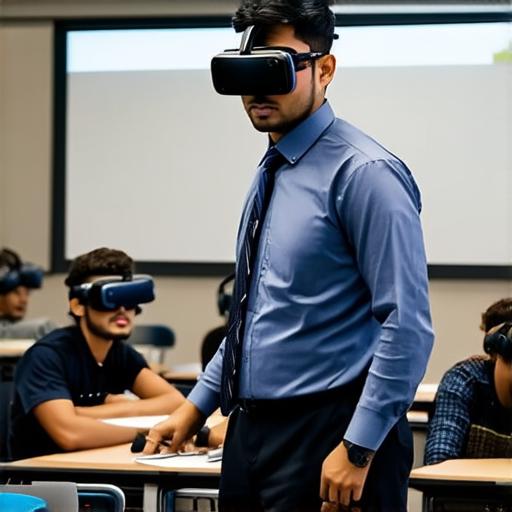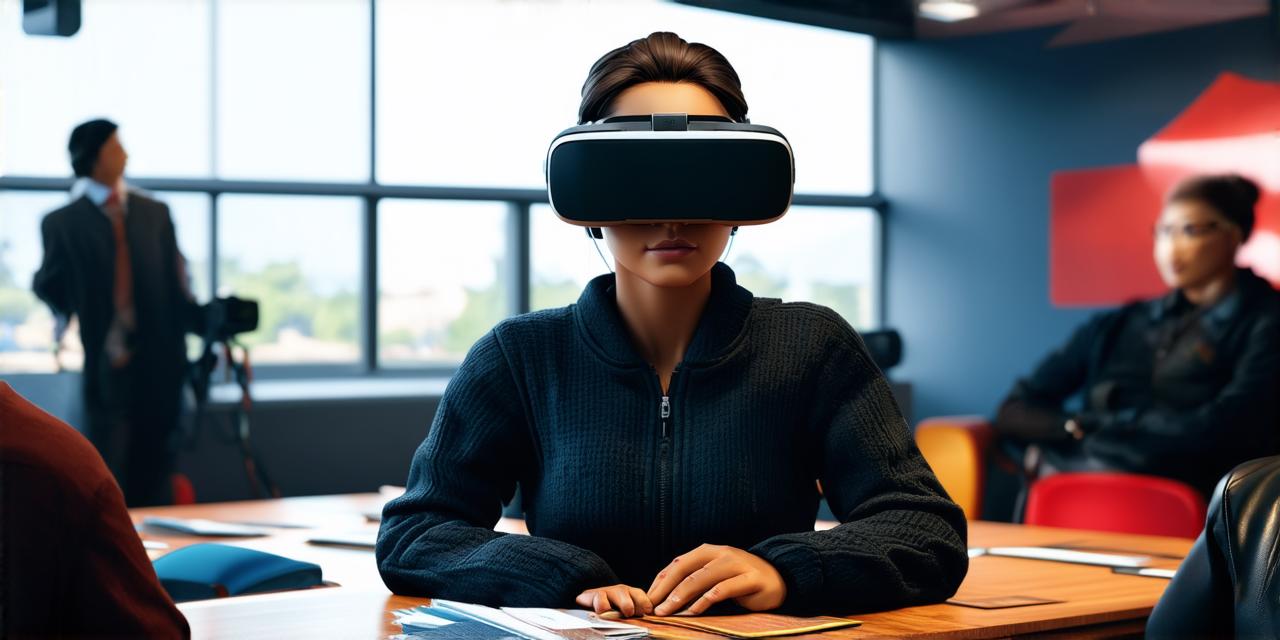
Benefits of Virtual Reality in Education
Virtual reality offers a range of benefits that make it an attractive option for educators and students alike. One of the key advantages is the ability to create highly engaging and interactive learning experiences. By allowing learners to explore virtual environments, they can gain a deeper understanding of complex concepts and ideas. For example, a medical student could use VR to simulate surgical procedures, while an architecture student could virtually walk through different building designs.
Challenges of Virtual Reality in Education
Despite its many benefits, virtual reality also presents some challenges for educators and developers alike. One of the main challenges is the high cost of equipment and software. While VR technology has become more affordable over the years, it can still be a significant investment for schools and universities. Additionally, not all students have access to the latest VR hardware, which can create inequities in education.
Another challenge is the need for specialized training and expertise to develop VR content. While there are many resources available online, creating high-quality VR experiences requires a deep understanding of both educational pedagogy and programming. This can be a barrier to entry for some developers, particularly those who are new to the field.
Best Practices for Developing Virtual Reality Content in Education
To overcome these challenges and maximize the benefits of virtual reality in education, developers should follow best practices when creating VR content. One important consideration is to prioritize learning objectives and design experiences that align with those objectives. This means working closely with educators to understand their needs and goals, and incorporating those into the VR content.
Another best practice is to ensure that VR experiences are accessible and inclusive. This means considering factors such as language barriers, visual impairments, and physical disabilities when designing content. Additionally, developers should consider how VR can be used to support diverse learning styles and preferences, such as kinesthetic or auditory learners.
Finally, developers should prioritize safety and well-being in their VR experiences. This means ensuring that content is appropriate for the intended audience and avoiding potentially triggering or harmful themes. Additionally, developers should consider how VR can be used to support mental health and wellness, such as through meditation or stress reduction exercises.
Case Studies: Real-Life Examples of Virtual Reality in Education
There are numerous examples of virtual reality being used in education, ranging from K-12 classrooms to higher education institutions. One notable example is the use of VR in medical training. By using VR simulations, medical students can practice surgical procedures and gain hands-on experience without putting patients at risk. Similarly, architecture students can use VR to virtually walk through different building designs and make adjustments in real-time.
Another example is the use of VR in language learning. By immersing learners in virtual environments that simulate real-world scenarios, they can practice their speaking and listening skills in a safe and supportive environment. This has been shown to improve language proficiency and confidence.
FAQs: Frequently Asked Questions About Virtual Reality in Education
1. How does virtual reality affect student engagement and retention rates?
* Studies have shown that VR experiences can significantly increase student engagement and retention rates, particularly for complex or abstract concepts.
2. What are some of the challenges associated with developing VR content for education?
* Challenges include high cost, specialized training and expertise, and accessibility considerations.
3. How can virtual reality support diverse learning styles and preferences?
* Developers should prioritize different learning styles when designing VR experiences, such as kinesthetic or auditory learners.
4. What are some best practices for ensuring the safety and well-being of learners in VR experiences?
* Developers should avoid potentially triggering or harmful themes and ensure that content is appropriate for the intended audience.
Conclusion: The Impact of Virtual Reality on Education
Virtual reality has the potential to transform the way we teach and learn, but it also presents some challenges for educators and developers alike. By prioritizing learning objectives, accessibility, safety, and well-being, developers can create highly engaging and immersive VR experiences that support student learning and personal growth. As technology continues to evolve, it will be exciting to see how virtual reality continues to shape the future of education.
